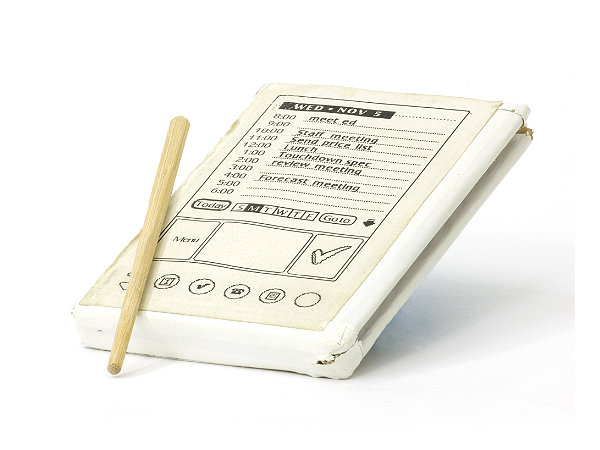Throughout the Spring, I had been posting a blog entry about once a week. I had a writing schedule that worked well for me. Then something happened that disrupted my routine – I had a baby. This is my second child, so I had a better idea of what I was getting into. But I was still surprised (or rather, reminded) how much an infant disrupts your entire life. I had high hopes of continuing to work on my start-up challenge over the summer, but baby #2 put the kibosh on that.
However, having a second child gave me even more ideas for potential startups. There is so much worry and work that goes into pregnancy, giving birth, and caring for an infant. And I think there is a lot of business potential in products and services that make parents’ lives easier.
So while I didn’t have time to write regular blog posts over the summer, I did have time to engage in a little self-study.
The art of self-study
The idea of self-study is that you play the role of researcher and subject at the same time. You reflect and record your actions and thoughts in situ. Then you later review and analyze those recordings for common themes. Self-study is most often used in education research, where teachers record their own classes and then critically analyze their own teaching practice later. However, self-study can be equally as useful in product research.
For my self-study project, I kept a journal of stresses and worries throughout the last month of pregnancy and the first few months of having a newborn. (Having a baby always entails stresses and worries.) I kept a small notebook and pen in my pocket at all times. And whenever I felt like I was getting stressed or worried I would whip out my notebook and record my thoughts. Not only was keeping a journal cathartic in it’s own right, it clued me in to a number of business ideas.
Here are a few of my recorded worries:
- While I was pregnant, I worried about whether I’d really know if my water had broken or not. (Believe it or not, there are already products on the market for that.)
- While breastfeeding, I frequently worry whether my baby is adversely affected by any of the things I eat. (There are test strips for alcohol, but I can’t find test strips for lactose content or other things that can upset a baby’s tummy.)
- I want to lose the baby weight, but I worry about sticking to any kind of diet while breastfeeding. (What if there was a food tracker that took breastfeeding into account? So far I have yet to find one.)
- When my 4 year old told me that I needed to put the baby down or he’d put me in time-out, I worried that he wasn’t getting enough attention. (I’m not sure a product could solve this worry!)
Every two or three days I go back through my journal and highlight the entries that spark product ideas. I then go on the internet and search for whether that business already exists or not. So far, I’ve found a number of products and businesses that I’d never heard of before, and a few areas where there is a gap in the market.
Self-study can be used for more than just developing business ideas. Self-study, like the methods used by Jeff Hawkins in developing the PalmPilot, can also help you map out usability requirements.
One famous self-study story: The PalmPilot

One famous use of self-study is Jeff Hawkins’ use of props to determine all the necessary features of the PalmPilot. Hawkins method of self-study was more of a “make-pretend” method. He would use props, like a block of wood or a pad of paper, and pretend it could do what he imagined it would.
“When designing the original PalmPilot, instead of concentrating on hardware specs like the size of the screen or the speed of the chip, Hawkins instead focused on where to store the pen, where to put the buttons, and the number of steps it would take to open up the datebook.” (The Philosophy of the Handheld, WIRED)
By pretending he had his final product, Hawkins was able to specify details like how big the PalmPilot should be, how heavy it should be, where the stylus should be stored, and other details. His defined the PalmPilot experience before a single line of code was written or a chip designed. This ultimately led to the PalmPilot’s user adoption and success.
Get started with self-study
Self-study has two major components:
- record your actions and thoughts
- analyze the recordings
Getting started with a self-study can be as easy as grabbing a notebook and writing down what you are doing and how you feel about it. Alternatively, you could audio or video record yourself. The key difference between self-study and plain old journaling is the second step: analyze the recordings. Make time to reflect and study your recordings.
More links for your reading/viewing pleasure
The philosophy of the handheld (WIRED)
